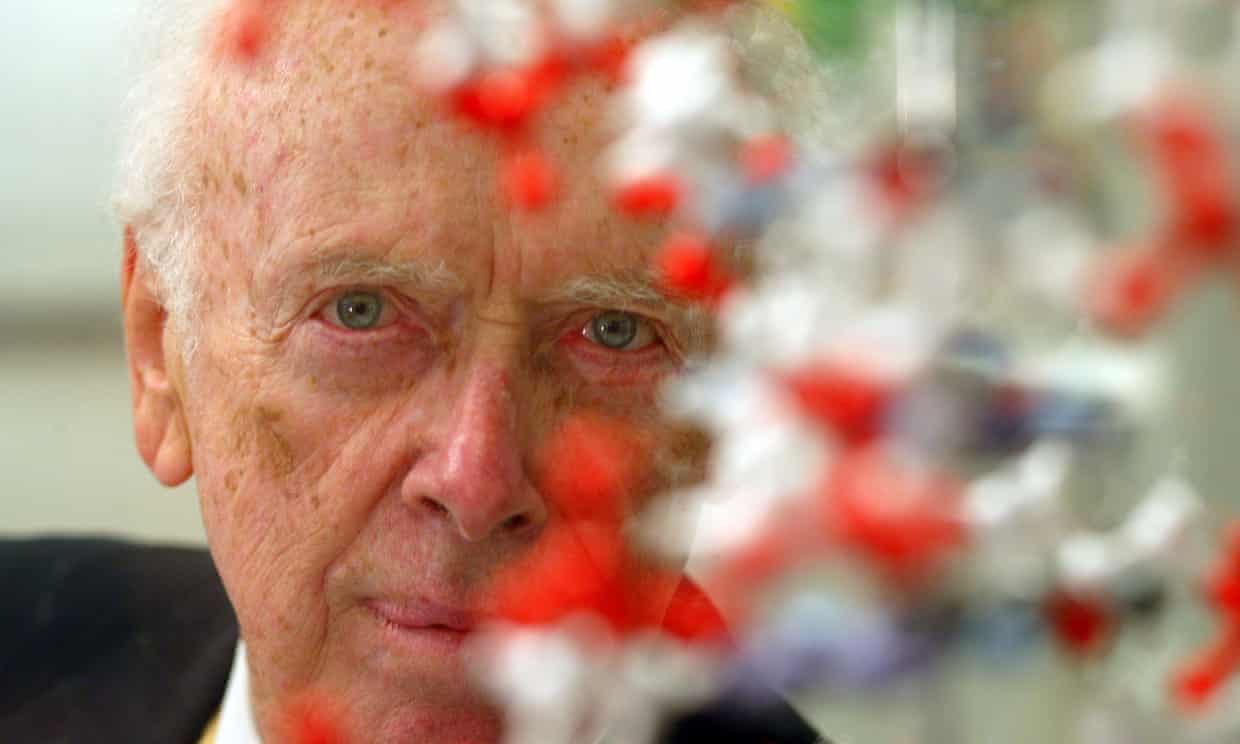Renowned geneticist James Watson has passed away at the age of 97. His groundbreaking work in the field of molecular biology, particularly his role in the discovery of the structure of DNA, has left an indelible mark on science. Watson’s career was characterized by both significant achievements and considerable controversy, particularly regarding his views on genetics and intelligence.
In 1953, Watson, alongside Francis Crick, unveiled the double helix structure of DNA at Cambridge University. This momentous discovery revolutionized our understanding of genetics and inheritance, laying the groundwork for advances in numerous scientific disciplines, including biology, medicine, and forensic science. The duo’s work was recognized with the Nobel Prize in 1962, cementing their place in scientific history.
On February 28, 1953, Crick famously announced to Watson at the Eagle pub in Cambridge, “We have discovered the secret of life.” Their research demonstrated that DNA carries genetic information through a chemical code composed of four bases: adenine (A), thymine (T), guanine (G), and cytosine (C). Their findings not only illuminated the mechanisms of heredity but also ignited a wave of innovation in scientific research and applications.
Watson’s memoir, The Double Helix, published in 1968, chronicled the intense competition and ambition that characterized the race to understand DNA. This book, while celebrated, drew criticism for its portrayal of events and individuals, including Rosalind Franklin, whose contributions to the discovery were not adequately acknowledged at the time. Watson’s candid and often brash writing style reflected his complex personality, revealing both his brilliance and his contentious relationships with colleagues.
Born on April 6, 1928, in Chicago, Watson exhibited prodigious talent in science from a young age. He earned a place at the University of Chicago at just 15 and developed a keen interest in genetics, eventually receiving a PhD under the guidance of Salvador Luria at Indiana University. His early work laid the foundation for his later achievements, as he shifted focus from virology to DNA structure, a departure from the prevailing belief that proteins were the basis of genes.
Watson’s partnership with Crick began in 1951 when he joined the Cavendish Laboratory. Their collaboration was marked by a shared vision: to uncover the structure of DNA through model-building informed by X-ray diffraction data. This innovative approach culminated in their seminal publication in the journal Nature, which hinted at the copying mechanism for genetic material.
Following their Nobel recognition, Watson continued to contribute to the field of genetics. He held positions at the California Institute of Technology and later at Harvard University, where he conducted significant research on RNA. In 1968, he became the director of the Cold Spring Harbor Laboratory in New York, transforming it into a leading center for genetic research. Under his leadership, the laboratory made significant strides in cancer research and advanced studies in molecular biology.
In the 1990s, Watson played a pivotal role in the Human Genome Project, a landmark initiative aimed at sequencing the entire human genome. This ambitious project, which faced skepticism, proved to be a catalyst for advancements in genomic research and technology, leading to the sequencing of numerous organisms by 2003.
Despite his many accomplishments, Watson’s later years were marred by controversy. His comments regarding intelligence and race drew widespread condemnation, culminating in his resignation from the Cold Spring Harbor Laboratory in 2007. His remarks were seen as a misuse of scientific authority to endorse prejudice, leading to significant backlash from the scientific community.
In 2014, Watson sold his Nobel medal for $4.1 million, stating that he had become an “unperson” due to the fallout from his controversial views. He sought to re-enter public life, but further comments in a 2019 documentary only exacerbated his reputation, prompting the laboratory to revoke his honorary titles.
James Watson’s legacy is a complex intertwining of groundbreaking scientific discovery and contentious personal views. His contributions to genetics have fostered advancements that continue to shape our understanding of life itself. He is survived by his wife, Elizabeth Lewis, their two sons, and a grandson. Watson’s journey reflects the dual nature of scientific pursuit: remarkable achievement coupled with the profound responsibility it entails.


































































